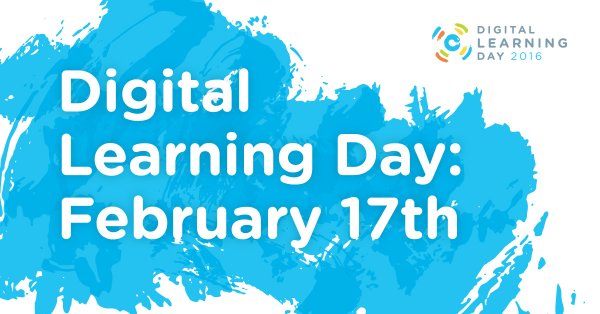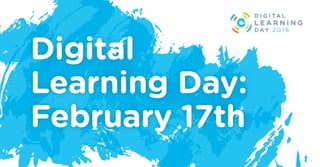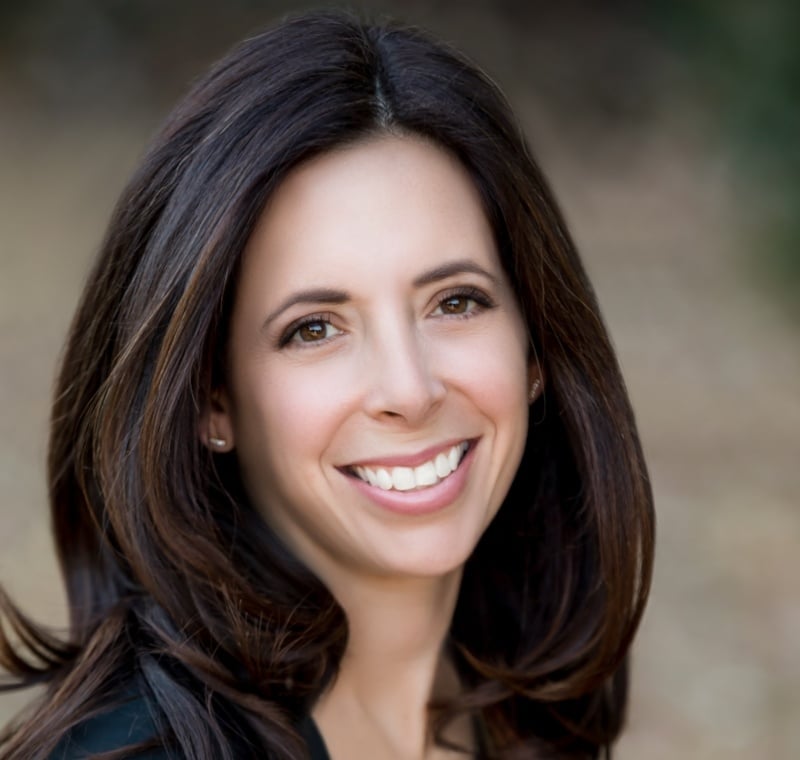
Digital Learning Day
Education Elements | Curriculum Strategy & Adoption

My first year of teaching I was in a room with around 20 computers and 40 students. While this may give away my age, this was in 1999, when computers in classrooms weren’t as much of a “thing” as they are today.
I have been thinking about this a lot recently, especially given that today is Digital Learning Day and the focus is on equity or, to use a term coined at some point in 2014, “techquity”. There is a lot of talk about how we must be careful to not increase the digital divide in a race to decrease the achievement gap. A well-founded concern, in my opinion, but also one I think we can address not by holding back technology from anyone, but rather by finding ways to get it to everyone, and to have it well-used to create better learning environments for students.
There are some truly great examples out there of districts who are doing everything they can to make sure every student has the same access to technology as every other student. Take Piedmont City Schools in Alabama for example. Superintendent Matt Akin noticed students sitting on the lawn of the school to access the internet and saw instantly that not only was this holding some students back, but also that it was creating more of a have and have-nots situation. So he fixed it. Through their “mPower” initiative Piedmont has been able to provide internet access to all students and enable anytime, anywhere learning.
Darryl Adams of Coachella Unified School District is another great example. His district is vast and many students do not have access to the internet at home so he parks buses with Wi-Fi near their homes so they can still access it. Other districts like Uinta School District #1 in Wyoming, led by Superintendent James Bailey, have also found uses for buses - providing internet on them so that learning can happen as students travel to sporting and other events that are far away.
In Yuma, Arizona Superintendent Darwin Stiffler was so committed to equity that he rolled out his personalized learning initiative to every student across 17 schools at the same time, complete with an iPad for each student and well-thought out professional development plan for each teacher. While not crazy enough to do all 100 schools at the same time, Fulton County Schools in Fulton, GA is also using technology to close the achievement gap. In FCS there are schools with very high numbers of FRL students and ones with very few but in every school, and for every student, learning will be personalized over the next few years.
Working with districts across the country we see that the acts of providing access to high quality digital content, creating opportunities for deeper learning, and connecting students to their peers and other adults both inside and outside their communities also go a tremendous way in creating equity. Through virtual field trips students can go places they might never afford to visit. Through connecting over Skype or G-chat they can talk to people they would never before have met. The internet has allowed districts to virtually bring in experts as well as virtually send students out into the world. You no longer need a passport, big bank account or big budget to expose students to a whole world of possibility. In other words, mentors and field trips are no longer only for affluent students.
So how are we celebrating #digitalequity for #DLDay? We are doing it by celebrating every district and every leader who we work with and by thanking all of them for working hard to decrease the achievement gap through using personalized learning. We are celebrating by recognizing all of the successes we know of, and by continuing to support all the districts that will follow in their footsteps and use technology to support learning. Today, just like every day, our team is coming to work excited and ready to do everything we can to create better, more dynamic, learning environments for students. And that is a cause for celebration.


